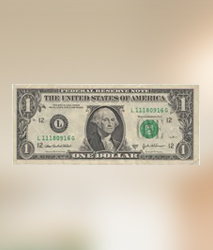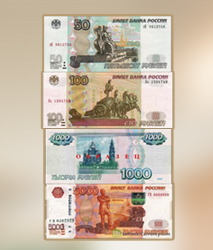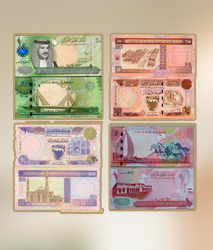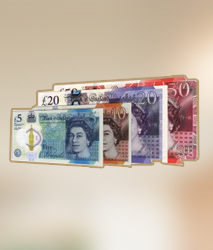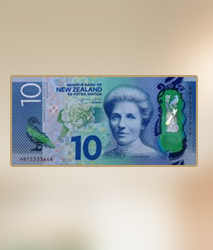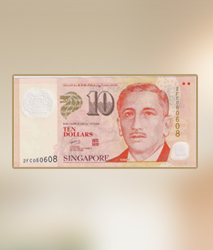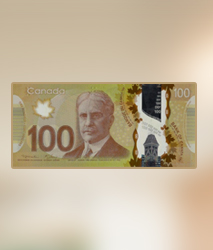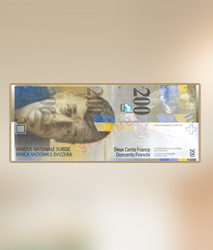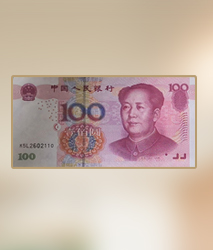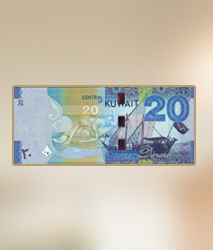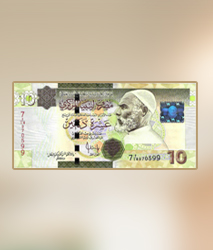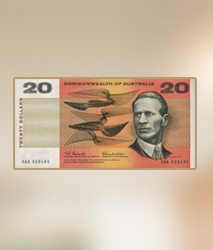
The Australian dollar is the national currency of Australia; It is also used by its external territories and some pacific island states. Although it is not the most expensive currency in the world, it is extremely valuable and one of the most stable currencies on this list. 1 US dollar will get you around 1.45 Australian dollar, making it one of the most expensive currencies available.
The Australian dollar is also the 5th most traded currency on the forex market and accounts for around 6.8% of daily trades1. The reasons the AU dollar is so popular is the currencies stability, its high-interest rates and the view that it holds diversification benefits. The Australian dollar was introduced on 14 February 1966 to replace the pre-decimal Australian pound, with the conversion rate of A$2 per = A₤1. The Australian dollar was legal tender of Papua New Guinea until 31 December 1975, when the Papua New Guinean kina became sole legal tender, and of the Solomon Islands until 1977, when the Solomon Islands dollar became sole legal tender.
In 2016, the Australian dollar was the fifth most traded currency in world foreign exchange markets, accounting for 6.9% of the world's daily share (down from 8.6% in 2013) behind the United States dollar, the euro, the Japanese yen and the pound sterling. The Australian dollar is popular with currency traders, because of the comparatively high interest rates in Australia, the relative freedom of the foreign exchange market from government intervention, the general stability of Australia's economy and political system, and the prevailing view that the Australian dollar offers diversification benefits in a portfolio containing the major world currencies, especially because of its greater exposure to Asian economies and the commodities cycle.
The Australian dollar is one of the most popular currencies among the forex traders due to Australia’s relatively stable economy and government, marginal intervention in the foreign exchange market by the central government and its greater exposure to most of the big Asian markets.

